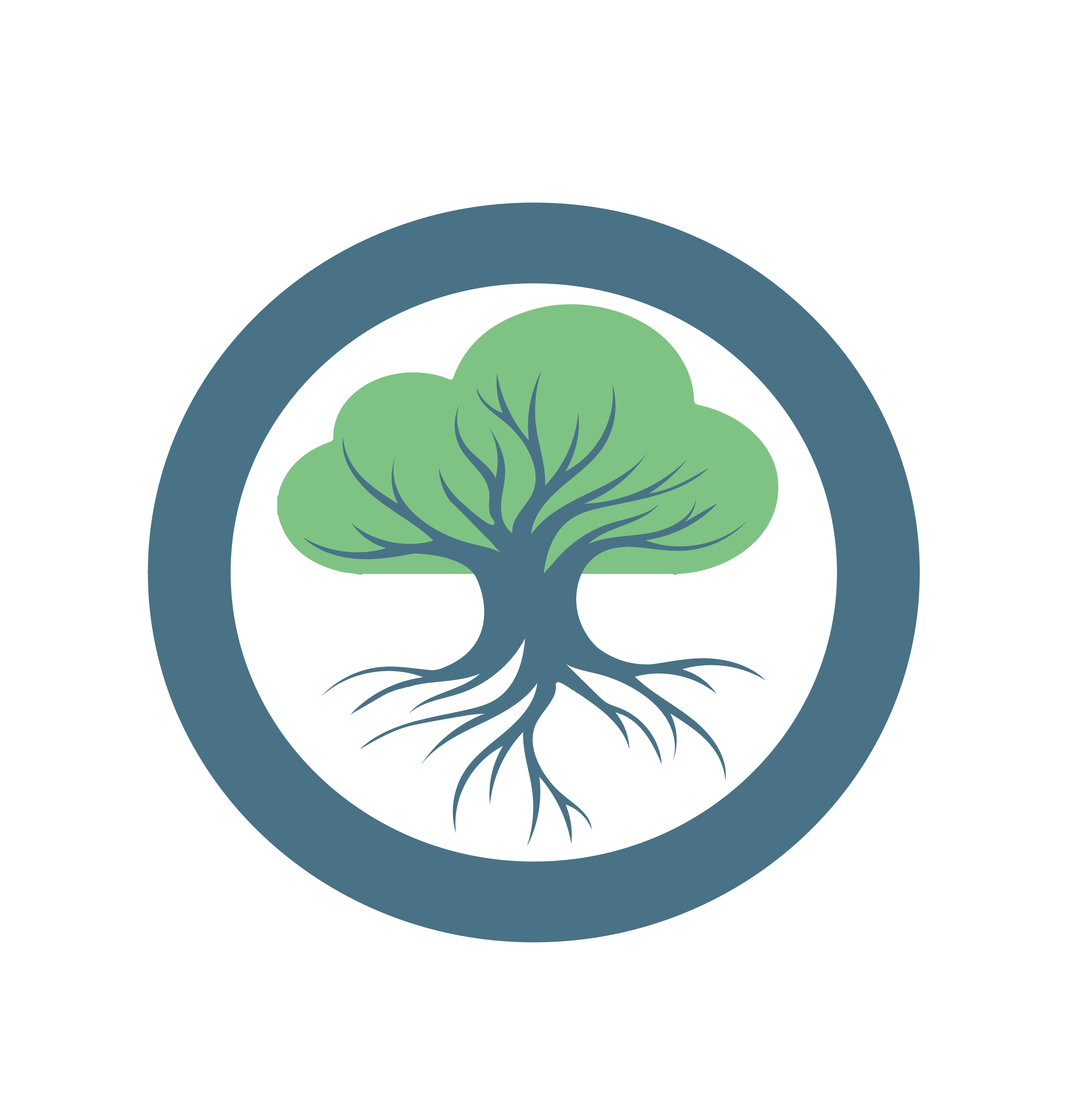FLOps Preparations Overview
Machine Compatibility
FLOps can run on a wide range of Linux-based devices.
It supports both ARM64 and AMD64 architectures.
Preparing the Worker Nodes
Most FLOps services can run on any of the orchestrated worker nodes. Building multi-platform container images and performing ML/FL model training on aggregated data requires extra considerations. To allow FLOps to work as intended, you have to ensure that at least one of your worker nodes can build images and collect data for training. You can use a single node to build images and collect training data or two separate ones, one of which will build images and the other aggregate data.
Image Building Preparation
Prepare a worker node to build (multi-platform) container images
ML Training Data Preparation
Prepare a worker node to aggregate data for training
Set up FLOps Management
Clone the FLOps repository onto the same machine where you run your Oakestra root orchestrator.
git clone git@github.com:oakestra/addon-FLOps.git Set the required environment variables - e.g. by adding them to your /etc/bash.bashrc file:
export SYSTEM_MANAGER_IP=<IP-A>
export FLOPS_MANAGER_IP=<IP-B>
export FLOPS_MQTT_BROKER_IP=<IP-C>
export FLOPS_IMAGE_REGISTRY_IP=<IP-D>
export ARTIFACT_STORE_IP=<IP-E>
export BACKEND_STORE_IP=<IP-F>Hosting location for the FLOps managment suite
Currently, FLOps is intended to be co-hosted on the same node as your Oakestra root orchestrator. control plane. This means you should use the same public IP for all variables above.
We intend to split this up to allow hosting FLOps management components on different machines for better scalability.
Start the management docker compose:
docker compose -f <path-to-your-pulled-flops-repo>/docker/flops_management.docker_compose.yml up --build -dOr use this oak-cli command:
oak addon flops reFLOps CLI commands
Explore the oak-cli commands that help you to work with FLOps.
Resetting your FLOps Management
The FLOps management suite contains several different components that store information and data persistently. This storage usually helps to avoid duplicate work by reusing, e.g., the stored images instead of building them anew. However, for certain experiments or development workflows, a clean, unpopulated management suite is required.
When clearing your FLOps management, remove all related running apps and services in your Oakestra deployment.
Here are a few different approaches to clearing your FLOps management suite:
- Restart the docker compose: This will clean everyhing but the image registy. (
oak addon flops re) oak addon flops clear-registry: Only clears the image registry.oak addon flops redb: Only clears the FLOps manager DB. (Removes all information about the current/last FLOps projects from the DB.)
If you want to make sure that your system is entirely free of any previous stains, ensure to clear your local containerd images.
